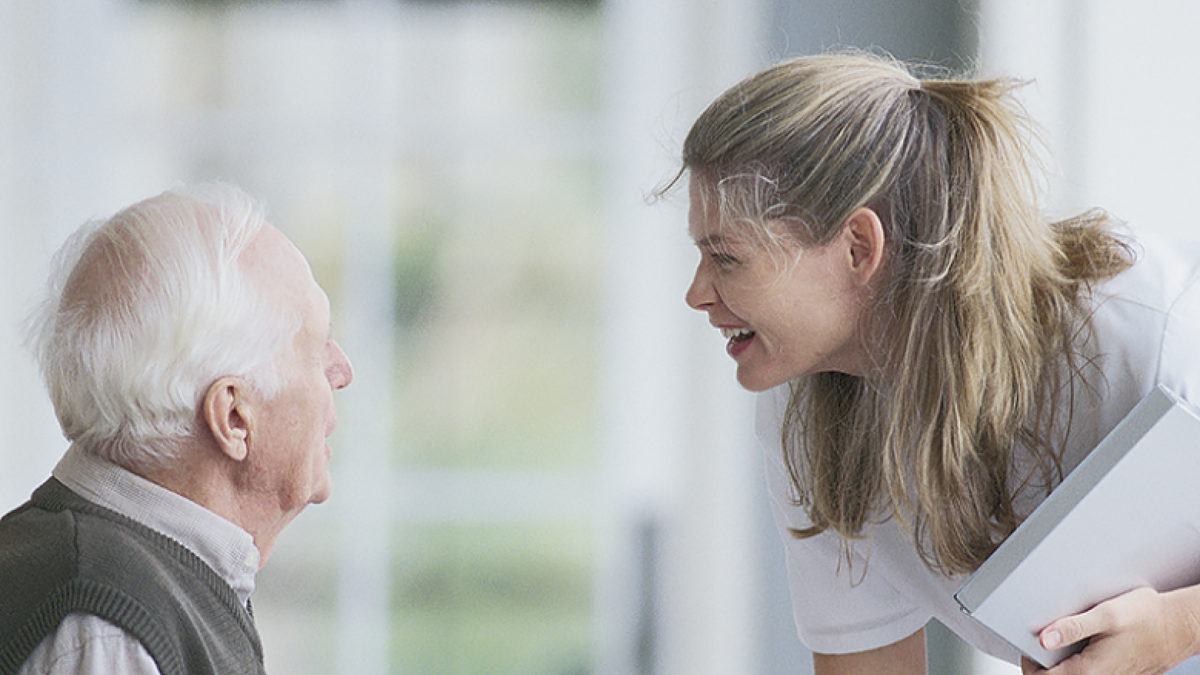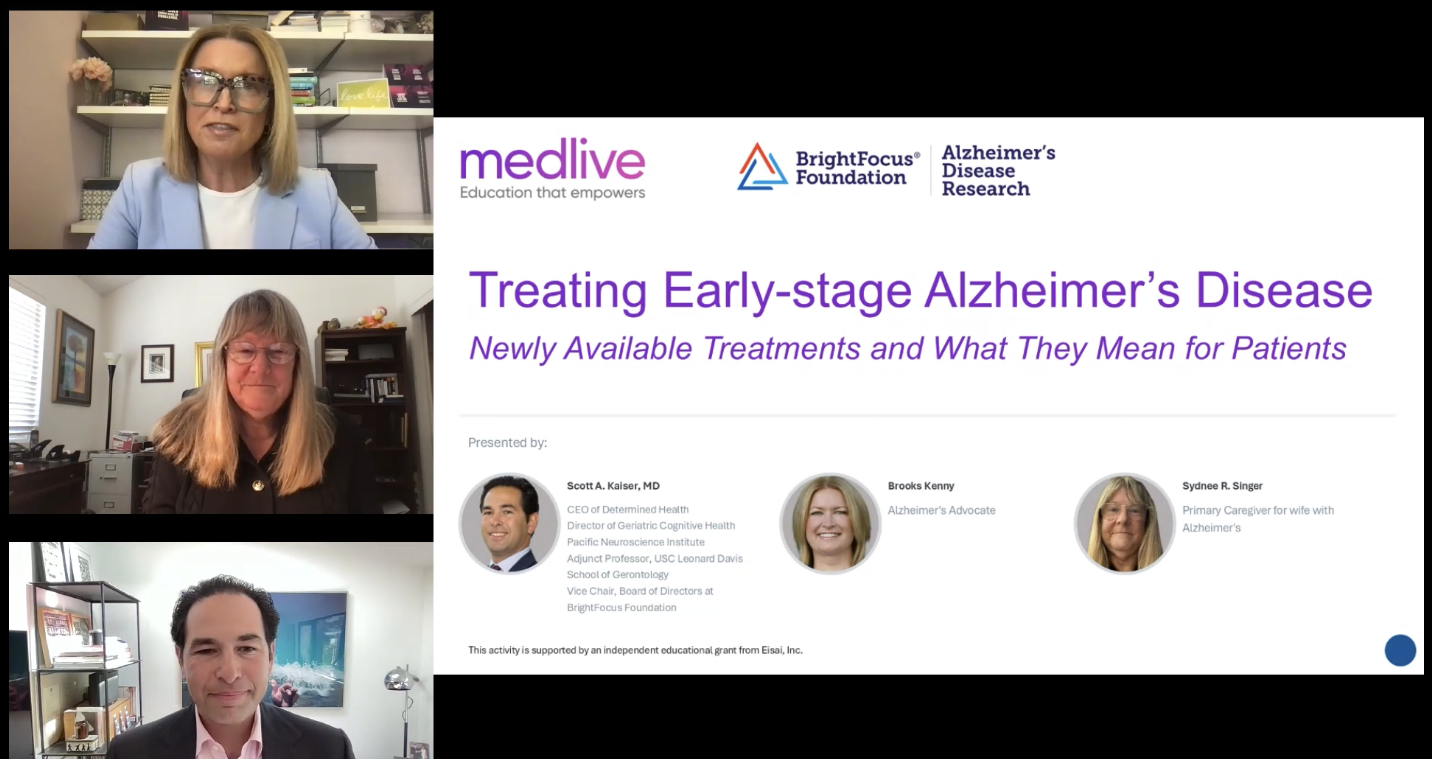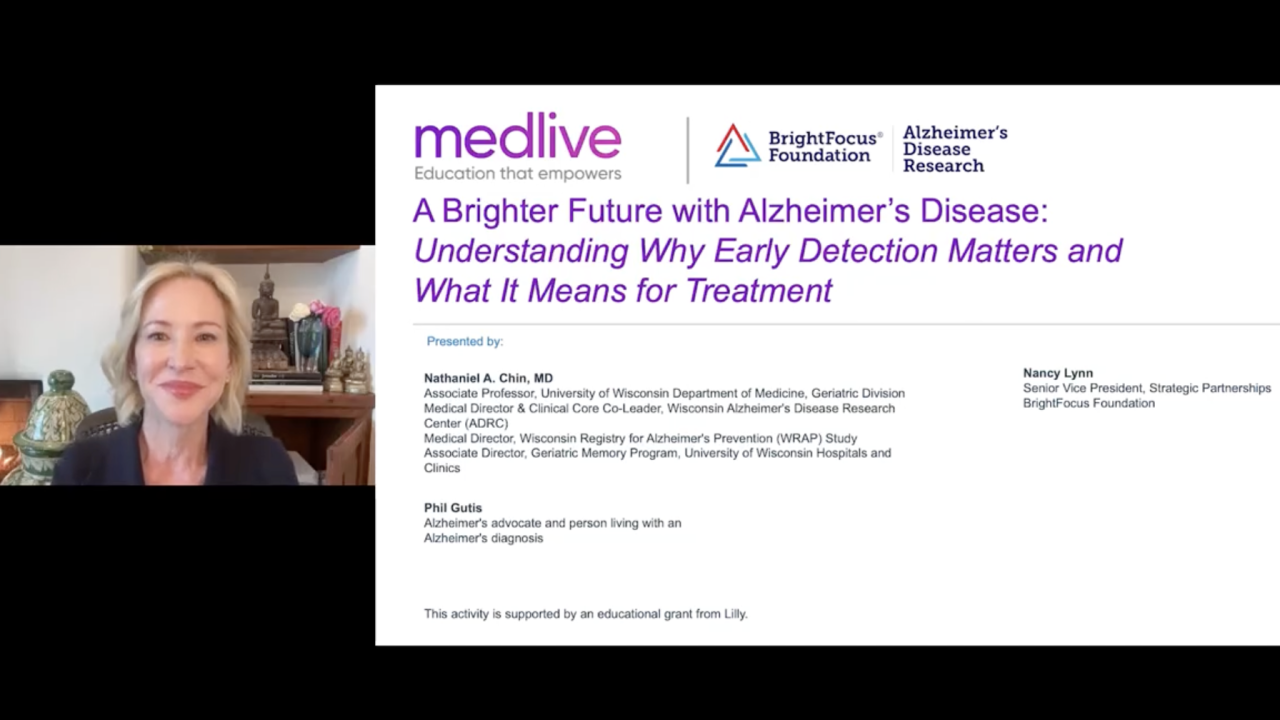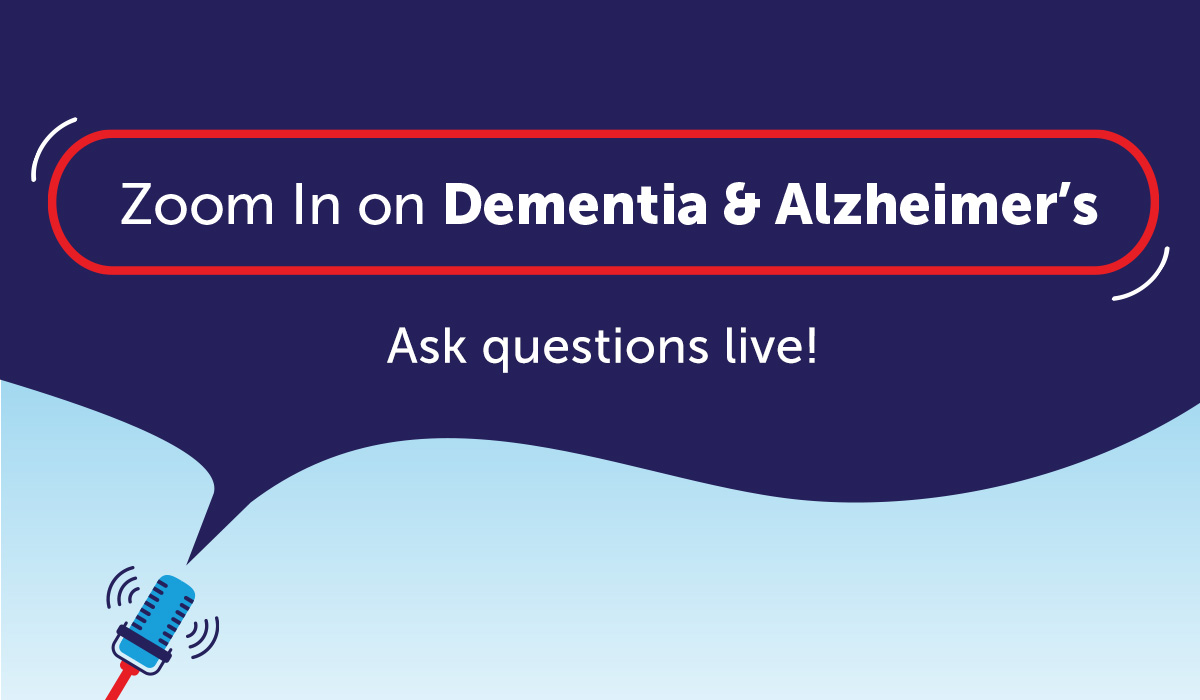
Learn some helpful tips on how to communicate compassionately with someone who has Alzheimer’s disease and may need assistance in a public setting.
With the increase in the number of people with Alzheimer’s or other dementias, it is not unusual to encounter someone with dementia in a public setting. Especially early in the disease, when they may still be living independently, they may be in a busy public setting and become confused or disoriented. This can happen in any number of places—such as airports, gas stations, stores, on the bus or train.
“I Can’t Find My Seat”
A few years ago, traveling on a train from Denver to the San Francisco Bay Area, I noticed an elderly woman walking slowly down the aisle of our car. Watching her, my first thought was she must be lost. When she got close enough, and without standing up, I made eye contact with her and asked her if she needed any help. Without hesitation, she told me she could not find her seat. She knew her destination but could not remember where her seat was. I then offered to help her find it. She accepted my offer. Next, I suggested she sit down in the empty seat at the end of the aisle while I went to look. She agreed. Then I stood up and directed her to the empty seat. She sat down, and off I went.
It seemed like I was back in no time. Having found her seat downstairs in the same car, I spoke with her seatmates about what had happened, and they were agreeable to keeping an eye on her. One of them was even getting off at the same stop. I then went back to get her, and together, we made our way down the narrow, winding, and shallow-treaded stairs of the train. She insisted she could do it just fine on her own. I was not so sure. She seemed a bit tired and I did not know how long she had been roaming the aisles of the train, so I made sure to stand in front of her as she made her way down. She held on to the handles. As we descended, I went down the stairs in front of her and faced backward as I did so, ready to catch her if she slipped or fell forward. She descended the stairs slowly, carefully, and successfully. We were at her seat in short order.
The Elements of Compassionate Communication
This brief story illustrates a method of communication called “Compassionate Communication.” Introduced by psychologist Marshall Rosenberg, it is defined as “a way of communicating that leads us to give from the heart.” While Mr. Rosenberg explained the language and communication skills employed in this method were not new, the method helps us reframe how we express ourselves and hear others. This incident on the train was a short but successful few minutes of compassionate communication in action. The Compassionate Communication method contains four elements:
- Observations (not evaluations)
- Feelings (not thoughts)
- Needs (stating what you need as tied to your feelings)
- Requests (not demands)
The interaction was successful because both verbal and non-verbal communication was effective. Verbally, my questions and responses left out any evaluations, which can quickly make someone, with dementia or not, feel criticized.
- “Can I help?” (Not: “You look lost,” which is an evaluation.)
- “I’d be happy to go look. If you’d like to sit down, I will go and look.” (This was a request, not a demand to sit down. It was also not an evaluation such as: “I am sure I can find it. The train isn’t that big.”)
- “I found your seat!” (Not: “I found your seat downstairs. I’m surprised you couldn’t find it.”)
The nonverbal communication was effective as well:
- I established eye contact before speaking and maintained it while speaking to her.
- I did not stand up until she had accepted my offer of assistance.
- I adjusted my voice to her hearing ability. I spoke softly but loud enough for her to hear above the background noise of the train.
A Thought on Whether To Intervene
When confronted with a situation like this in public, it is sometimes difficult to know if we should intervene. Looking back on this event, another appropriate response would have been to immediately find the conductor, who would have been able to lead her back to her seat. If I had not found her seat so quickly, that is probably what I would have done. There are times we should reach out to authorities immediately, such as when there is a medical or safety need. Keeping these options in mind when confronted with such a situation will keep everyone safe.
About BrightFocus Foundation
BrightFocus Foundation is a premier global nonprofit funder of research to defeat Alzheimer’s, macular degeneration, and glaucoma. Through its flagship research programs — Alzheimer’s Disease Research, Macular Degeneration Research, and National Glaucoma Research— the Foundation has awarded nearly $300 million in groundbreaking research funding over the past 51 years and shares the latest research findings, expert information, and resources to empower the millions impacted by these devastating diseases. Learn more at brightfocus.org.
Disclaimer: The information provided here is a public service of BrightFocus Foundation and is not intended to constitute medical advice. Please consult your physician for personalized medical, dietary, and/or exercise advice. Any medications or supplements should only be taken under medical supervision. BrightFocus Foundation does not endorse any medical products or therapies.
- Lifestyle










